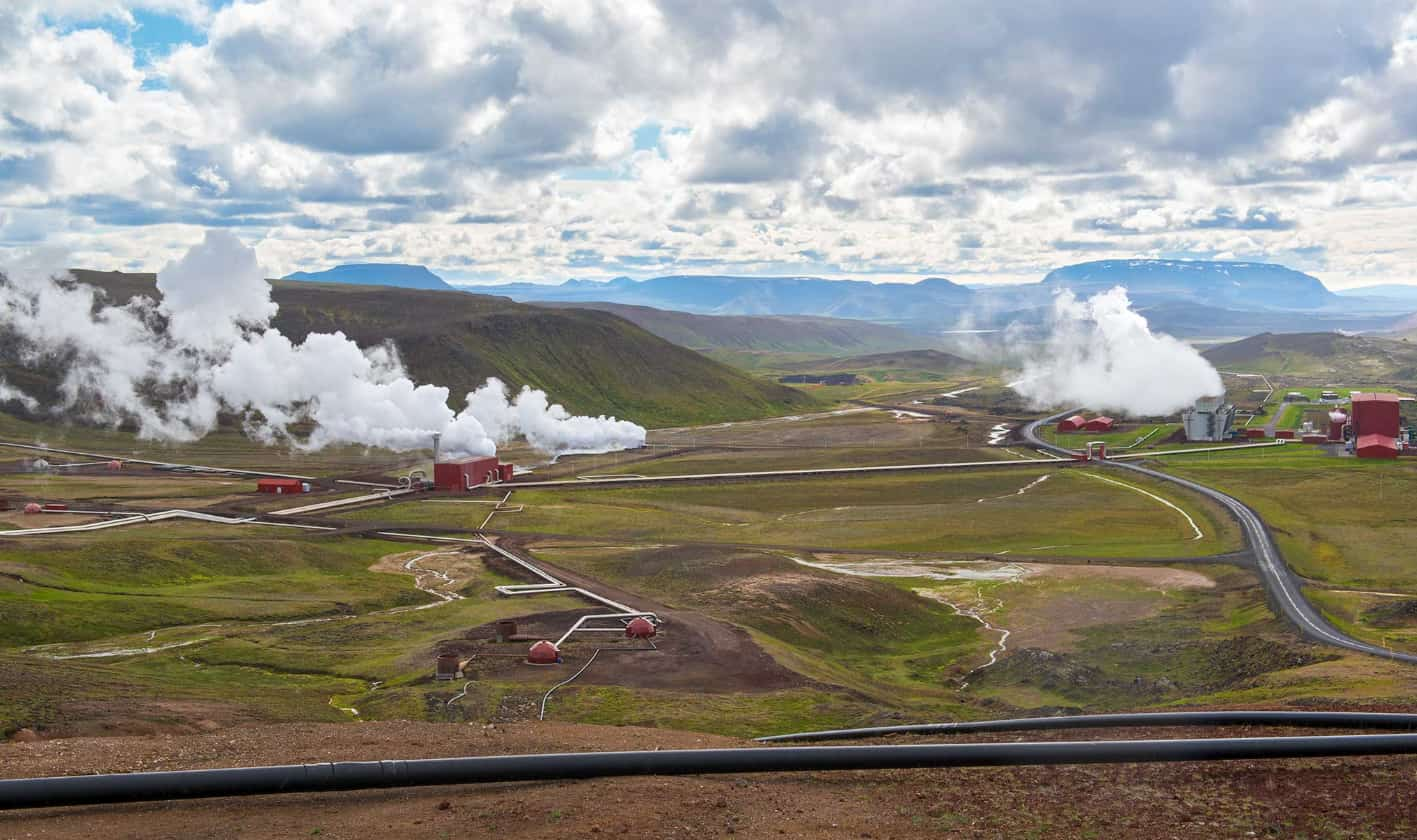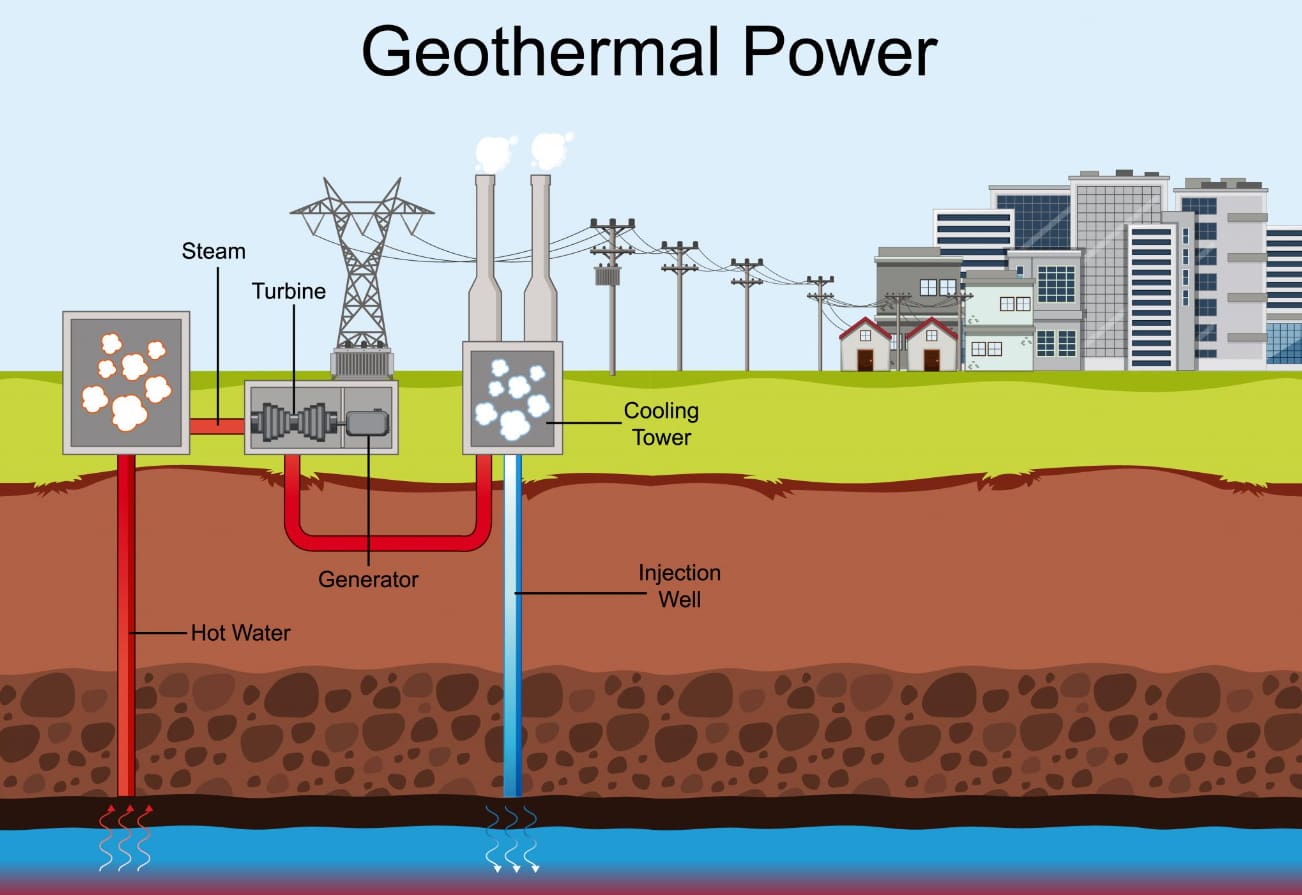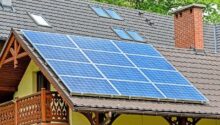Alright, so imagine tapping into the Earth’s heat, almost like pulling warmth straight from the planet itself, to power up your house or office. Pretty cool, isn’t it?
Well, that’s basically what geothermal energy is all about—it’s this neat way to get energy by using heat that’s been chilling (or more like steaming) underneath the ground for ages.
But, as with all things that seem too good to be true, there are a few catches here and there. While geothermal energy might seem like it could totally shake up how we power our lives, it’s not all smooth sailing. For instance, it’s got some pretty steep upfront price tags, and not every backyard or city is a jackpot for geothermal setups.
So, let’s get into it, shall we? Here’s the lowdown—good and bad—about geothermal energy. By the time we’re done here, you’ll have a better sense of whether this is worth thinking about for your own life or if it’s more of a someday, maybe, type of thing.

What Is Geothermal Energy?
Ok, so geothermal energy is kind of like using the Earth’s built-in furnace. Down deep beneath the ground, things get seriously hot—like, hotter-than-the-sun’s-surface hot in some spots.
By drilling into those scorching layers, you can tap into that heat and turn it into electricity, or even use it to heat and cool buildings.
Now, here’s the gist of how it works in two main ways:
- Making electricity: Basically, steam from deep underground is used to spin turbines, which then generate power. It’s simple and very efficient.
- Heating and cooling buildings: By the way, a ground-source heat pump can keep your space cozy in winter and chilled in summer, all thanks to the stable temps just a few feet underground.
Sounds pretty clever, doesn’t it? But let’s not get ahead of ourselves—there are some big pros and cons to chew over.
The Good Stuff: Why Geothermal Energy Rocks
It’s Actually Pretty Green
If you’re one of those people who’s into cutting down pollution and keeping things eco-friendly, geothermal energy might just be your jam. Compared to stuff like coal or natural gas, this option is a whole lot cleaner.
In fact, geothermal plants emit a negligible fraction—like 1%—of the carbon dioxide that regular power plants do.
And yeah, that’s not nothing. Reducing greenhouse gases? Huge win for the planet.
It Lasts Practically Forever
Here’s the thing: geothermal energy isn’t going anywhere. The Earth’s crust is basically a giant, self-recharging heat battery, so this resource won’t run out anytime soon. Unlike oil or gas, which will eventually dry up, geothermal is more like a long-term deal—think billions of years.
Always On, Always Reliable
Unlike solar panels, which are kind of useless on cloudy days, or wind turbines that need, well, wind, geothermal energy is there 24/7. It just keeps on churning out heat no matter the weather or time of day.
If you want something you can depend on, geothermal is kind of the energy world’s version of a trusty old car that just keeps running.
Great for Heating and Cooling Homes
Oh, and don’t forget—it’s not just for making electricity. A lot of people use geothermal setups to heat and cool their homes.
The system takes advantage of how steady the temperature is just below the Earth’s surface, which means you can stay comfy year-round while trimming down those energy bills.

The Not-So-Good Side: Where Geothermal Hits Snags
Upfront Costs That’ll Make Your Wallet Strain
Here’s the honest truth—getting started with geothermal energy isn’t cheap. Whether you’re putting in a geothermal heating system at home or building a big power plant, you’re going to need a pretty hefty pile of cash upfront.
For instance, a basic home system could set you back anywhere from $15,000 to $40,000. Sure, it pays off over time, but not everyone has that kind of money lying around, right?
It’s Not for Everyone, Literally
Now, geothermal energy is awesome, but it’s not exactly a one-size-fits-all thing. You need the right kind of underground heat to make it work, and not every spot on the map has what it takes.
Places like Iceland? Perfect. But your backyard? Maybe not so much.
Some Environmental Bumps
Ok, so while geothermal energy is generally clean, it’s not 100% perfect. Digging into the Earth can sometimes release tiny amounts of gases that were locked away underground, and those gases aren’t exactly great for the atmosphere.
Plus, there are occasional side effects like trace amounts of sulfur or other chemicals showing up.
Potential Ground Instability
Here’s something you might not think about: drilling deep into the ground can, on rare occasions, cause earthquakes or make the land shift around. It’s not super common, but it’s something to keep in mind, especially if you live in a zone where the ground’s already a little twitchy.
| Feature | Pros |
Cons |
|---|---|---|
| Environmental Impact | Minimal pollution, nearly zero CO₂ emissions. | Can release small amounts of harmful gases during drilling. |
| Renewability | Heat is naturally replenished and lasts billions of years. | Limited to regions with accessible geothermal reservoirs. |
| Reliability | Operates 24/7 regardless of weather conditions. | Rare cases of land sinking or minor earthquakes. |
| Heating and Cooling | Reduces energy bills and keeps spaces comfortable year-round. | Initial setup costs can be prohibitively high. |
| Cost | Saves money over the long term with reduced energy expenses. | High initial expenses for equipment and drilling. |
Geothermal vs. Other Options
So, let’s put geothermal energy into perspective. It’s got that steady, reliable vibe going on—unlike solar or wind, which are sometimes hit-or-miss.
On the other hand, you don’t get the same everywhere-accessibility that solar panels offer, since you can slap those on just about any roof.
As for fossil fuels? Well, geothermal is way cleaner and longer-lasting, but those upfront costs make it a tougher sell for a lot of people.
What Could Be Next?
For geothermal energy to really take off, we’re probably going to need some cool tech breakthroughs to make it cheaper and more accessible.
Stuff like Enhanced Geothermal Systems, which could let us tap into heat even in places where it’s not naturally bubbling up, might be a game-changer.
With more investment and innovation, who knows? Maybe geothermal energy will become something a lot more people can use in their everyday lives.
So, What’s the Deal?
Alright, here’s the bottom line. If you’re in a spot with good underground heat and you’ve got the budget for it, geothermal energy is seriously worth thinking about. It’s clean, reliable, and can save you money in the long run.
But for most people, it’s probably something to keep an eye on for the future. As prices drop and technology gets better, this could be an option that’s not just cool in theory, but super practical for everyone.





